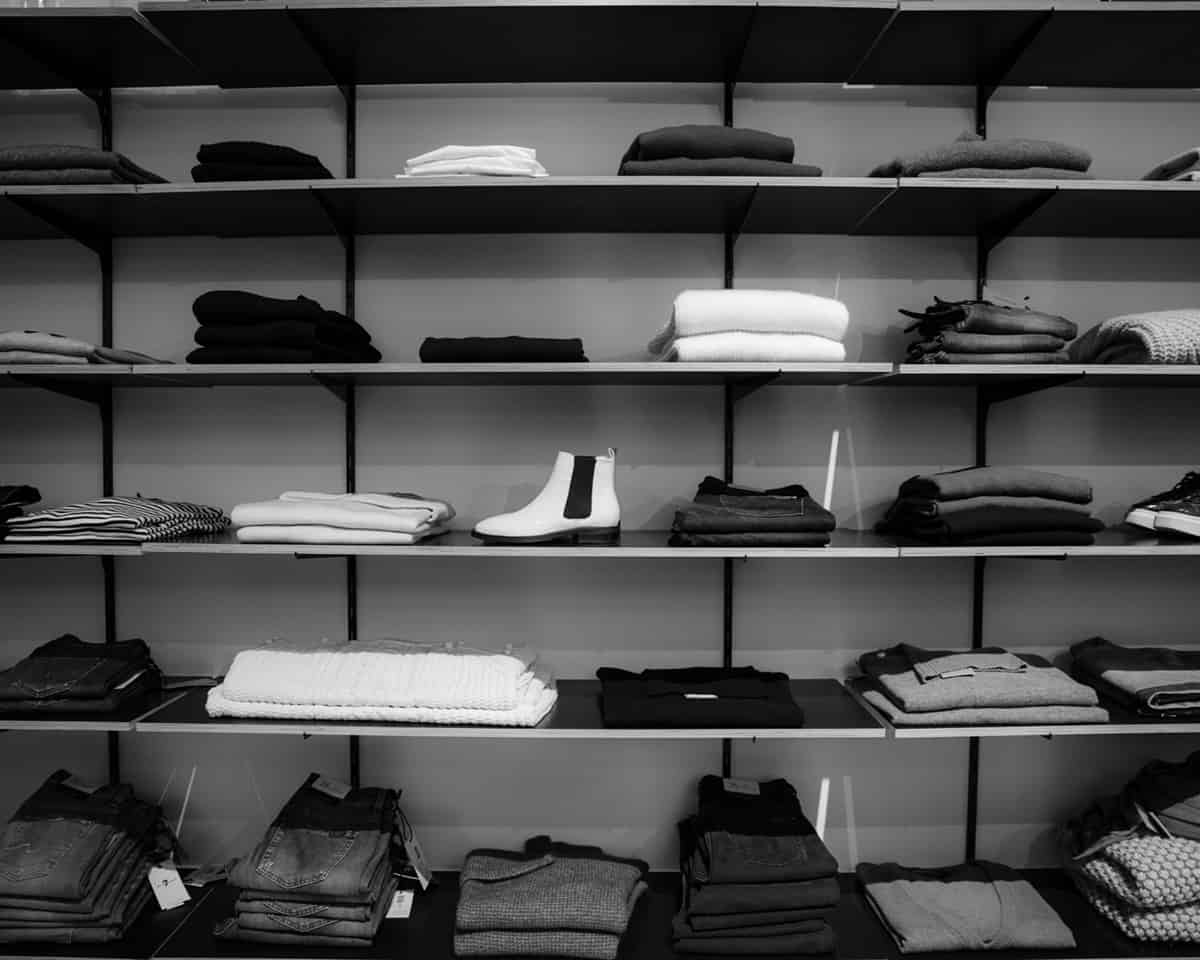CONSULTING FIRM L.E.K. STUDY RANKS APPAREL AND FOOTWEAR BRANDS

To help brands and retailers identify which brands are gaining popularity, global strategy consultancy L.E.K. Consulting surveyed nearly 4,000 U.S. consumers between the ages of 14 and 55. Each brand then earns a “heat score” on a scale of 0-100; i.e., the higher the score, the hotter the brand. The second annual Brand Heat Index ranks brands by generation – Gen Z, millennial, and Gen X – across four product categories in men’s and women’s apparel and footwear. Shopping attitudes and behaviors vary — sometimes widely, by generation — but each generation still plays a key influence role, whether it’s over style and fashion or spending power.
“In today’s marketplace, which seems to get more crowded by the day, it’s critical for brands to understand what’s resonating with each generation. This can help brands build the best strategies to cut through the noise and reach their target audience,” said Jon Weber, L.E.K. Managing Director and co-author of the 2023 U.S. Footwear and Apparel Brand Heat Index.
“While this year’s Brand Heat Index revealed several significant consumer trends, it’s worth noting that legacy brands that have been able to provide a consistent message and experience over time, like Nike and Columbia, have maintained their strong overall performance – but consumers are also getting excited about up-and-coming brands, like Hey Dude, Hoka, and On,” said Laura Brookhiser, L.E.K. Managing Director and survey report co-author. “Not surprisingly, younger consumers prefer newness and fast fashion, like Shein, Zara, and Lulus, while older ones are more likely to place a greater emphasis on comfort and quality, like Patagonia.”
Designer Brands Calvin Klein, Michael Kors, and Emporio Armani Lead Men’s Apparel Category
While many of the top apparel brands vary depending on the gender of the consumer, some leading players can effectively serve both markets, particularly in the athletic and outdoor categories, such as lululemon, Gymshark, The North Face, and Patagonia.
In the dressier apparel category, brands Calvin Klein and Michael Kors are among the leaders for both women and men, and for men, Emporio Armani, Ministry of Supply, and Banana Republic improved their scores compared to last year, while Hugo Boss fell out of the top 10. Bonobos and Suitsupply performed well with Millennials and Gen Z, while Indochino is gaining popularity with Gen X. In the casual category, workwear brands are gaining popularity – consistent with the continued casualization trend. Carhartt, Levi’s, Duluth Trading Company, Dickies, and Wrangler all show up in the Top 10 across generations. Fast fashion brand Shein is number two overall and tops for Gen Z. H&M and Zara are also in the top 10 for Gen Z.
In the athletic area, there’s meaningful overlap across genders, with Nike in the top spot for both men and women, and lululemon, Gymshark, Under Armour, Champion, and Adidas in both top 10 lists. For men, there’s more of a focus on larger athletic brand veterans, like Adidas, although new smaller brands have been added to the list, like 32 Degrees and Rhoback.
Preferences vary widely for men across generations. Stalwart brands The North Face, Columbia, and Patagonia stood out in the outdoor category, the top three across generations and genders, in various permutations. Fishing lifestyle brand Huk has moved to number five from 10 last year, while Arc’teryx broke into the top 10 in all age groups after not appearing last year.
“Material differences in brand momentum can exist just below the surface and consumer sentiment can change quickly. Generational differences in brand rankings point to the importance of recognizing that not all consumers are the same. It takes deep understanding and tailored strategies for brands to succeed and win. The latest L.E.K. Brand Heat Index shows us that consumers are increasingly willing to embrace new and innovative brands beyond legacy players,” said Weber.
Footwear Ruled By Distinctive Silhouettes and Comfort
Footwear consumers are increasingly demanding both style and comfort, indicating that brands need to differentiate themselves when it comes to both fashion and function. In the meantime, distinctive silhouettes continue to help footwear brands stand out, such as Crocs, Hey Dude, UGG, Vans, and Birkenstock.
When it comes to specific product categories, in dress shoes for men, preferences vary across generations. Cole Haan and Ferragamo are the hottest brands overall. The biggest shifts from last year’s rankings are the drop of Hugo Boss from the top spot to number eight and the addition of several new brands, such as Jack Erwin, Sandro Moscoloni, and Wolf and Shepherd, due to popularity with millennials.
“Gen Z men have less engagement with the dress footwear category than they do with others, as they’re materially aware of just 10 brands. This is likely a result of the casualization trend, which is popular among younger generations and has been amplified by the shift to work from home,” said Chris Randall, L.E.K. Managing Director and co-author of the survey report.
In casual footwear, the hottest brands here have distinctive and identifiable silhouettes. Hey Dude dominates in popularity, while Crocs, Vans, Converse, UGG, and Allbirds also appear in the top 10. Hey Dude tops the list across all generations. While other brands are close behind for Gen Z, there is a more significant gap between the number two brand for millennials (Crocs) and Gen X (Skechers). Vans, Timberland, and Converse also rank highly overall and perform similarly across generations.
Athletic footwear brands Nike and Brand Jordan remain the two hottest overall, followed by Adidas and Under Armour. Younger male consumers tended to value attributes like style and appearance. Gen X ranked HOKA more highly than other generations, largely due to perceived quality and durability. On, by contrast, appears to be gaining less popularity for men than for women, although it is in the top 10 for all but Gen Z men.
The range of brand performance is quite large in the outdoor category, with notably low consumer enthusiasm beyond the leading players. Timberland and Columbia are the top two brands overall and across generations. Relative to last year, Arc’teryx and Keen dropped significantly in the rankings, particularly among Gen X who previously had them in the top two spots. Conversely, Oakley gained significant popularity with Gen X, jumping from number eight to number three.
For the full rankings by generation and product category (including more data on the women’s market), see the complete report here.
Top photo by Tembela Bohle








